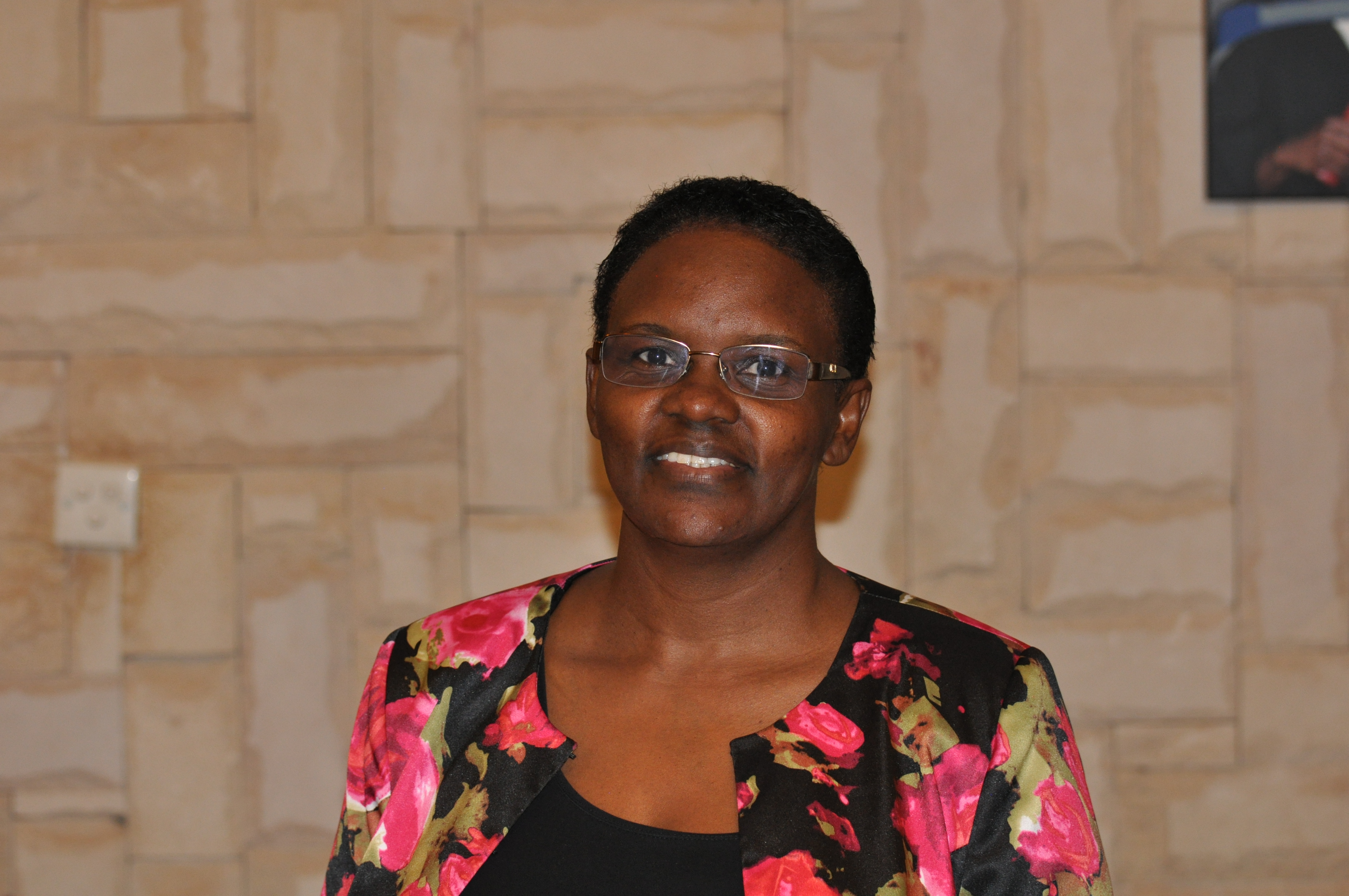The WHO initiative for patient advocacy is helping local activists to improve patient safety in Uganda and beyond, says Regina Mariam Namata Kamoga
 In Uganda, as in other low and middle income countries, patient safety has become a well recognised public health challenge. Patients and their families suffer every day from preventable adverse events when receiving healthcare. 134 million adverse events occur each year due to unsafe care in hospitals in low and middle income countries, contributing to 2.6 million deaths annually.
In Uganda, as in other low and middle income countries, patient safety has become a well recognised public health challenge. Patients and their families suffer every day from preventable adverse events when receiving healthcare. 134 million adverse events occur each year due to unsafe care in hospitals in low and middle income countries, contributing to 2.6 million deaths annually.
My passion for patient safety dates back as far as the 1990’s. It stems from the experiences I have encountered at a personal and family level with near miss incidents, and at the community level where I have witnessed patients being harmed, disabled, or losing their lives.
My mother almost died due to a medicine overdose, administered for her hypertension, and was only saved by my young nephew who was more health literate and therefore able to help her. I also narrowly survived childbirth.
In 2011, I was among the participants in the WHO Patients for Patient Safety (PFPS) regional workshop in Entebbe, Uganda. This was a life changing experience for me. The stories shared by participants from across Africa opened my eyes to the fact that patient safety was not a regional or Ugandan issue, but a global one.This marked the beginning of a long journey towards patient safety advocacy. The journey has not been an easy one, with challenges including the paternalistic view that “the doctor knows best” and that the patient is merely a recipient of care, with just a body and no mind. In the past the views and perspectives of patients were not listened to or respected.
I have been chased out of meetings. One that sticks in my mind was a nurses’ meeting in 2013 where I had been invited to talk about the role of nurses in promoting patient safety, patient rights, and responsibilities. As I was being introduced, the participants started murmuring and when I asked why, they said they were not ready for that kind of presentation.
These challenges have not deterred me from pursuing my patient safety journey, but have instead motivated me to continue. The knowledge and skills I have acquired through the PFPS programme have also helped me handle challenging situations.
My work has involved engaging key healthcare stakeholders including the Ministry of Health, WHO, the National Drug Authority, Uganda Alliance of Patients Organizations (UAPO), Nottingham Trent University, LATEK Stay Alliance Uganda, and the Infectious Disease Institute (IDI). Together we have conducted symposia, trained patient safety advocates and contributed to patient safety strategies in Uganda. Our continuous engagement and persistence has yielded positive results. In 2018, the Ministry of Health in Uganda conducted a survey on patient safety practice in Uganda—I was appointed by the ministry to the National taskforce to support the conducting of this study. A patient safety policy is in the process of being developed.
The most interesting part of my work has been community and school engagement. Community leaders, community extension health workers/village health teams, patients, families, school children and their teachers have been empowered through media, music, dance and drama. They have debates and group discussions about issues such as hand hygiene and medication and injection safety. The school model is based on the fact that young people adapt easily to new knowledge and skills and are good ambassadors for patient safety.
The grassroots communities are also a unique target group, because that’s where the problem starts and we cannot continue doing business as usual. It’s critical that we reach the most vulnerable and neglected groups. They do not care about complicated terminologies, guidelines, and policies. They want high quality and safe healthcare and the sooner they are part of this process the better!
A hand hygiene campaign where “Tippy taps” (a simple hand washing facility) were constructed in schools and households in Wakiso and Kiboga district resulted in 75% of households in the communities adopting and constructing tippy taps in their homes and being able to demonstrate proper hand washing with all members of their households. The process of establishing patient safety networks in Nigeria, Burkina Faso, Kenya, and Ghana to create a critical mass of active empowered networks of patient safety advocates in Africa is ongoing.
Some challenges still exist, including limited resources, low awareness, and also very little interest among sponsors and development partners. Patient safety is also regarded negatively by some healthcare providers who fear it is a blame game and are too scared to report incidents. Now with the World Health Assembly resolution on patient safety, new opportunities will emerge as WHO member states and international organisations implement the resolution. There is light at the end of the tunnel.
Regina Mariam Namata Kamoga is executive director of community health and information network (CHAIN), Uganda.
Competing interests: None declared
